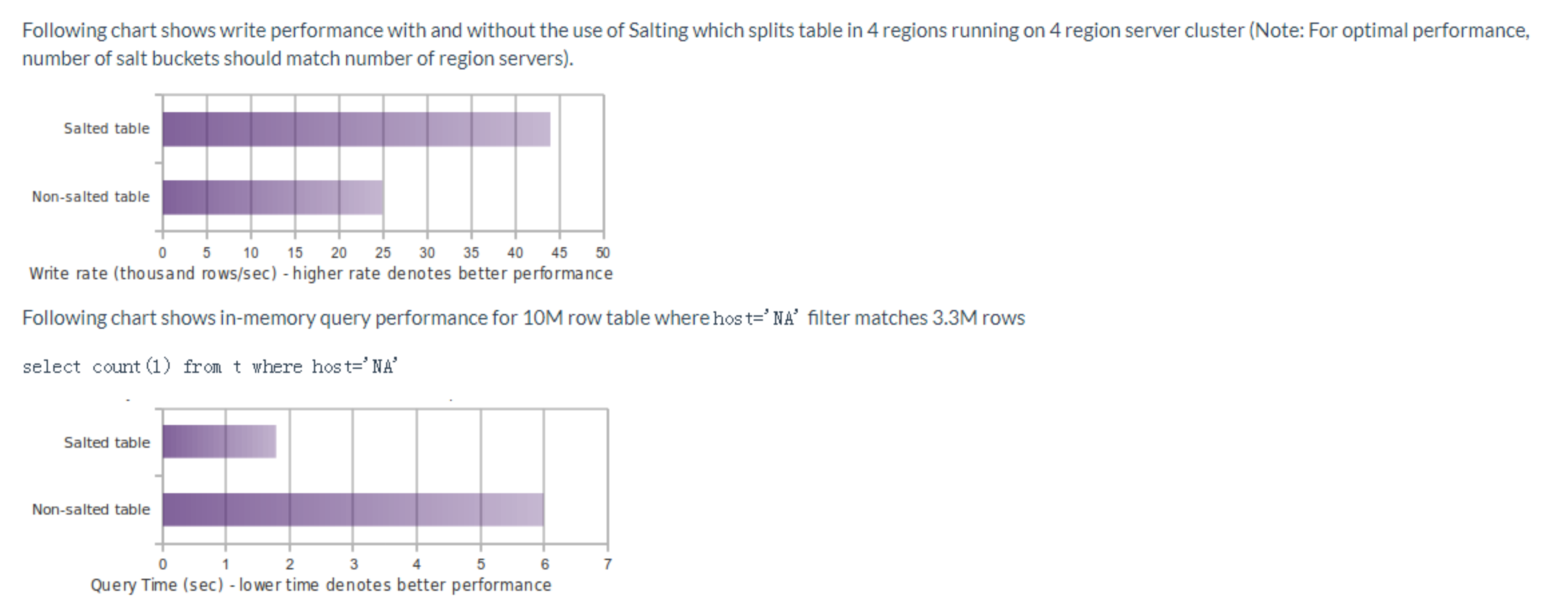- 动态与公告
- 产品简介
- 购买指南
- 快速入门
- EMR on CVM 操作指南
- EMR on TKE 操作指南
- EMR Serverless HBase 操作指南
- EMR 开发指南
- Hadoop开发指南
- Spark 开发指南
- HBASE开发指南
- Phoenix on Hbase 开发指南
- Hive 开发指南
- Presto开发指南
- Sqoop 开发指南
- Hue 开发指南
- Oozie 开发指南
- Flume 开发指南
- Kerberos 开发指南
- Knox 开发指南
- Alluxio 开发指南
- Kylin 开发指南
- Livy 开发指南
- Kyuubi 开发指南
- Zeppelin 开发指南
- Hudi 开发指南
- Superset 开发指南
- Impala 开发指南
- Druid 开发指南
- Tensorflow 开发指南
- Kudu 开发指南
- Ranger 开发指南
- Kafka 开发指南
- Iceberg 开发指南
- StarRocks 开发指南
- Flink 开发指南
- 实践教程
- API 文档
- 常见问题
- 服务等级协议
- 联系我们
- 动态与公告
- 产品简介
- 购买指南
- 快速入门
- EMR on CVM 操作指南
- EMR on TKE 操作指南
- EMR Serverless HBase 操作指南
- EMR 开发指南
- Hadoop开发指南
- Spark 开发指南
- HBASE开发指南
- Phoenix on Hbase 开发指南
- Hive 开发指南
- Presto开发指南
- Sqoop 开发指南
- Hue 开发指南
- Oozie 开发指南
- Flume 开发指南
- Kerberos 开发指南
- Knox 开发指南
- Alluxio 开发指南
- Kylin 开发指南
- Livy 开发指南
- Kyuubi 开发指南
- Zeppelin 开发指南
- Hudi 开发指南
- Superset 开发指南
- Impala 开发指南
- Druid 开发指南
- Tensorflow 开发指南
- Kudu 开发指南
- Ranger 开发指南
- Kafka 开发指南
- Iceberg 开发指南
- StarRocks 开发指南
- Flink 开发指南
- 实践教程
- API 文档
- 常见问题
- 服务等级协议
- 联系我们
使用 Phoenix salted 表
Hbase 的 Row Key 假如没有经过精心设计,如果它又是自增长的,那么顺序写很可能会导致热点问题。PHoenix 提供了一种透明的方法,关联 salt 和 RowKey 到一张指定表的方案。只需要在创建表的时候添加 SALT_BUCKETS 关键字,这个值的范围是1到256。例如:
0: jdbc:phoenix:>CREATE TABLE table (a_key VARCHAR PRIMARY KEY, a_col VARCHAR) SALT_BUCKETS = 20;
可以免除使用 Hbase API 时需要精心设计 RowKey 的麻烦。如果用户对 Hbase Row Key 的设计理解不够,建议使用 salted 表。Phoenix 官方提供的写和查询,salted 表和非 salted 表性能对比:


Phoenix 二级索引
对于 HBase 而言,如果想精确地定位到某行记录,唯一的办法是通过 rowkey 来查询。如果不通过 rowkey 来查找数据,就必须逐行地比较每一列的值,即全表扫瞄。对于较大的表,全表扫瞄的代价是不可接受的。但是,很多情况下,需要从多个角度查询数据。这需要二级索引(secondary index)来完成这件事。二级索引的原理很简单,但是如果自己维护的话则会麻烦一些。
Phoenix 二级索引配置
EMR 中 Phoenix 直接可支持 Phoenix 的二级索引。如果需要使用非事务性的,可变的索引只需按照以下步骤配置即可。打开 EMR 组件管理页面,单击【Hbase】,选择【配置】>【配置管理】,增加 hbase-site.xml 的
hbase.regionserver.wal.codec、hbase.region.server.rpc.scheduler.factory.class 和 hbase.rpc.controllerfactory.class 三个配置项即可,详细配置如下:<property><name>hbase.regionserver.wal.codec</name><value>org.apache.hadoop.hbase.regionserver.wal.IndexedWALEditCodec</value></property><property><name>hbase.region.server.rpc.scheduler.factory.class</name><value>org.apache.hadoop.hbase.ipc.PhoenixRpcSchedulerFactory</value><description>Factory to create the Phoenix RPC Scheduler that uses separate queues for index and metadata updates</description></property><property><name>hbase.rpc.controllerfactory.class</name><value>org.apache.hadoop.hbase.ipc.controller.ServerRpcControllerFactory</value><description>Factory to create the Phoenix RPC Scheduler that uses separate queues for index and metadata updates</description></property>
Phoenix 二级索引使用
创建二级索引,命令如下:
0: jdbc:phoenix:>CREATE INDEX my_index ON my_table (v1) INCLUDE (v2);

 是
是
 否
否
本页内容是否解决了您的问题?